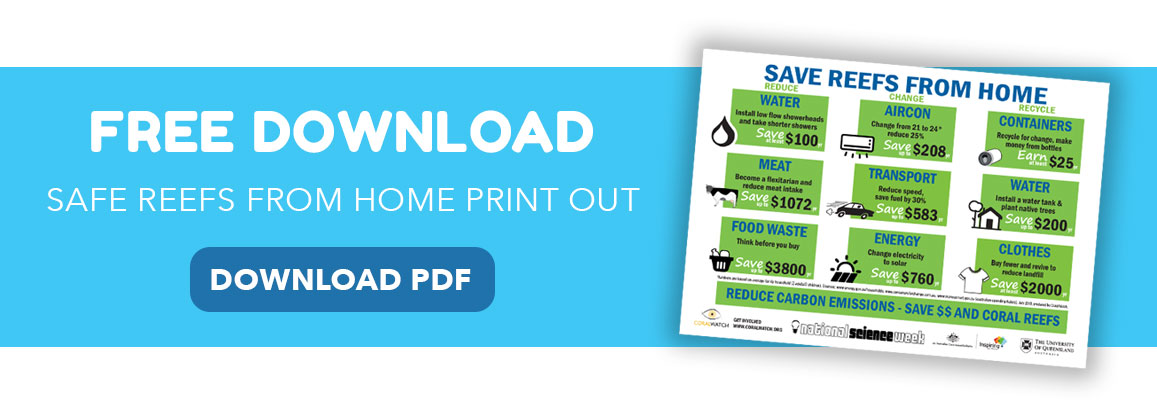5 Top Tips from 3 Champion Freedivers
Adam Stern, Australian Champion freediver, runs freediving “festivals” all around the world. Just recently, I attended my very first one in Bali, after the incessant raving from my housemate Mike about how amazing the experience is. He wasn’t wrong.

We spent 8 full days deeply immersed (pun intended) in the practical and theoretical world of freediving, surrounded, supported and led by some of the best in the world.
Aside from totally soaking up the chilled yet inspiring vibes, it was an incredible learning experience, and I came away with so much more than just a few tips on how to safely freedive. It was a training for life, with so many lessons, philosophies and skills transferable and applicable to an array of contexts.
What’s more, I personally discovered yet another natural mental health therapy in the mindfulness and calm required to successfully freedive.
Here are some of the top tips shared straight from the mouths of the best of the best!
1. Everyone Can Equalise
Adam held many-a-session on equalisation techniques, debunking equalisation myths, imparting knowledge and solving everyone’s issues with what goes on inside their noses and mouths. “It’s basic human anatomy” that everyone can equalise, Adam claims. If you’ve ever had equalisation problems in either scuba or freediving, this is certainly a great place to tackle and overcome them!
2. How we think is key
Especially when it comes to freediving, but also in life in general, if our mind is not calm, we won’t get very far. How I wish this idea was as easily to put into practise as it is to understand. If you approach a dive – or anything in life – thinking about all the things that you have to do, and all the things that can go wrong, it will always be harder to stay calm and take the steps you need to take, one by one. If you are faced with challenges whilst in a heightened state, good luck managing them. If you’re chilled and taking everything in your stride as it comes, everything seems to flow a lot easier.
3. Confidence is not at all a static trait
Confidence is key, but having confidence is not a simple decision we make. Our confidence fluctuates from day to day. We can wake up one morning and feel we are totally ready to take on the day, and we can wake up the next just not feeling it at all. It’s important to observe and reflect on our confidence and how we feel about ourselves and our abilities often. It’s important to recognise the difference between confidence and cockiness, and it’s important to allow ourselves to believe we can conquer anything we set our hearts and minds to.
4. It’s good to have idols
Having people we look up to as positive idols can be both helpful and inspiring. Watch how people speak and behave and ask yourself: do I want to be more like that, or less like that? They say we are the product of the 5 people we spend the most time with, so surround yourself with people you’d love to be more like.

5. Adaptation takes time
This is a basic rule of life, and of evolution! Animals, plants, and life on earth doesn’t evolve nd transform dramatically from one day to the next. A seed planted in the ground takes a good few days to weeks, even months, to even sprout out of the ground. If a coral were to adapt itself to changing temperatures, it’s not something that can happen from one day, or even one year, or even decade to the next. It takes time. “If tomorrow you told me you wanted to dive to 100m, I might say to you hmm, that’s maybe a bit quick. If you set a goal to dive 100m in the next 5 years, I’d believe it was possible to train and adapt the body – slowly- to be able to adapt and achieve this challenge. Patience is key!





